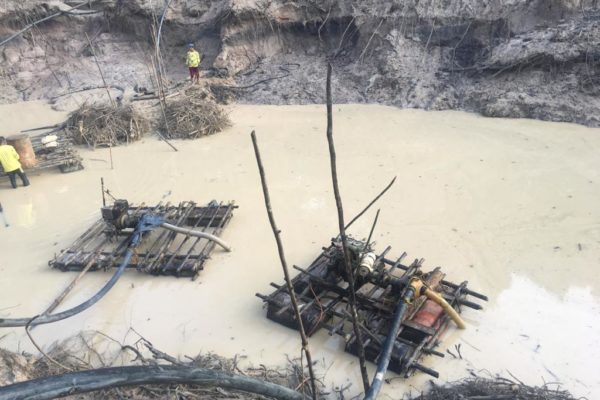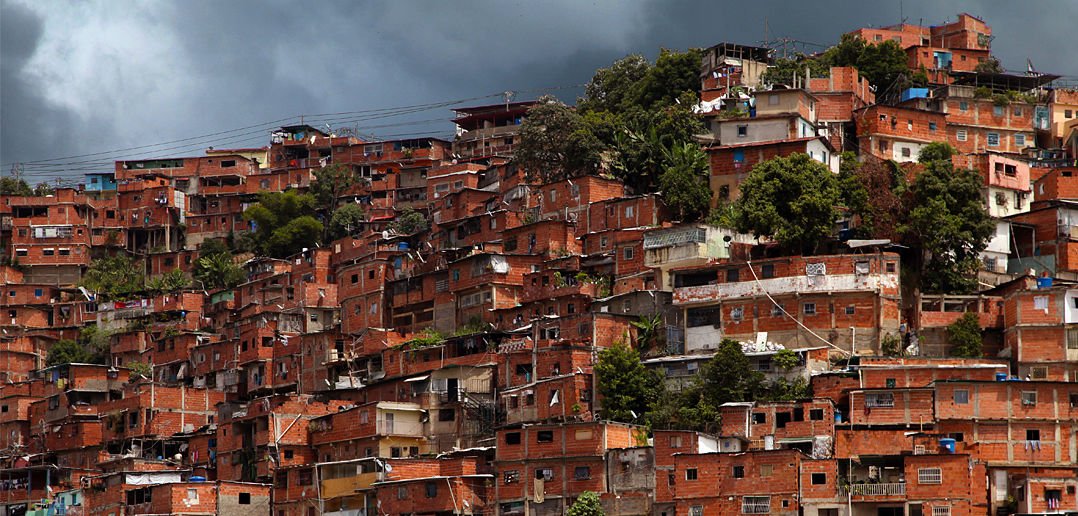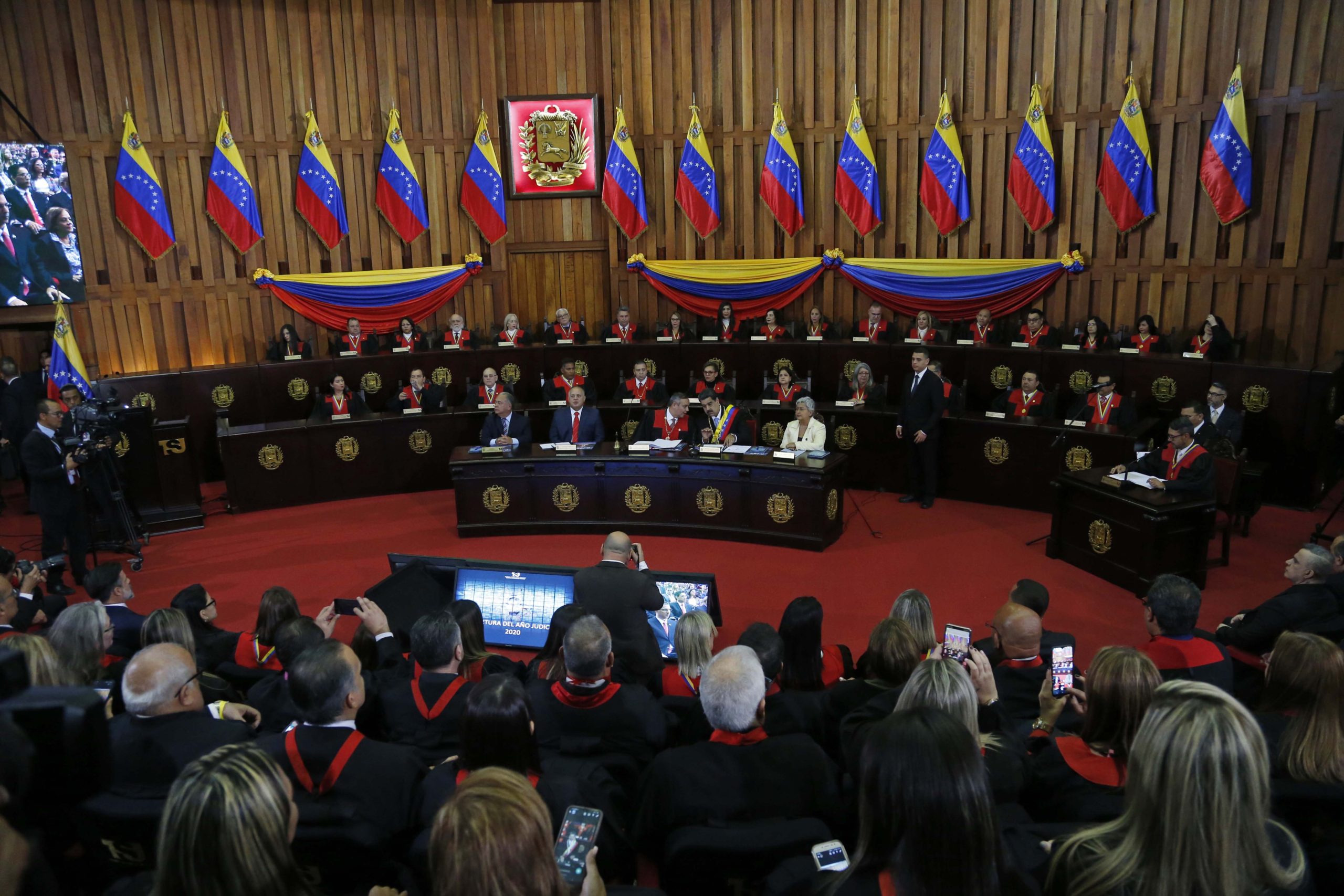According to a recent report, the lack of water has forced more people to turn to alternative sources
Venezuela’s water crisis has worsened in recent years to become a problem that no longer affects remote areas of the country but even the capital city, Caracas. In 2023, Venezuelan families reported experiencing growing restrictions on access to water and higher levels of pollution.
According to the most recent Follow-up Report on the Humanitarian Crisis in Venezuela by the organization HumVenezuela, last year saw “a drop of more than 60% in the amount of water distributed and a 90% drop in the functioning of water management infrastructure, equipment and systems.”.
The shortcomings of the service include the increase in the duration of water cuts, which affected 69.1% of the population. Meanwhile, 86% of the population was exposed to contaminated water sources, with signs of contamination -such as odd color- being observed in the water received by homes.
In the absence of sanitation, “the percentage of people without access to sewage and urban sanitation services in their communities” increased.
Greater limitations and more homes without water
Between 2022 and 2023, the number of Venezuelans affected by constant water restrictions increased from 66.8% to 69.1%. The percentage of families who suffered interruptions or rationing of water through the pipe network went from 43.5% to 45.5%.
“16.9% of families spent two months or more without water or never received service. 9.9% received the service once a month, 8.7% every two weeks and 12.4% once a week. 49.1% of people use the little water they receive for cleaning their homes, personal hygiene or making food.”
At the same time, 33.4% of families reduced their daily intake of water, while 86% of the population resorted to alternative sources of water, having to store it at home or hiring water trucks.
53.7% of families have to transport water on foot over long distances, and 60.2% store it in drums or small containers. The use of wells as a source of water went from 10.7% to 18.2%, with many of these wells inadequately drilled.
“The use of open-air sources of water increased from 15.9% to 16.9%. The collection of water from springs or streams went from 9.3% to 12.1%. Significantly, the practice of seeking help from neighbors or relatives to get water rose from 1.9% to 37.9%. With the extraordinary increase in the frequency of rain in the country in most of 2023, the use of rainwater collection also grew from 0.9% to 20.9%,” the report states.
In addition, 55.6% of households reported risks of contamination near the places where they usually get water: an open-air location (27.7%), the nearby presence of solid waste (35.8%) or chemical substances (9.2%).
Venezuelans are supplied with water unsuitable for human consumption
According to the report by HumVenezuela, 86% of the population is exposed to water that is not suitable for human consumption. “Contaminated water can cause diseases such as diarrhea, which increased from 6.9% to 9.3% between 2022 and 2023,” the document explains.
Meanwhile, the number of families experiencing deficiencies in wastewater collection through the sewage network and domestic or residential urban cleaning services in their community was estimated at 74.6%.
Translated by José Rafael Medina




